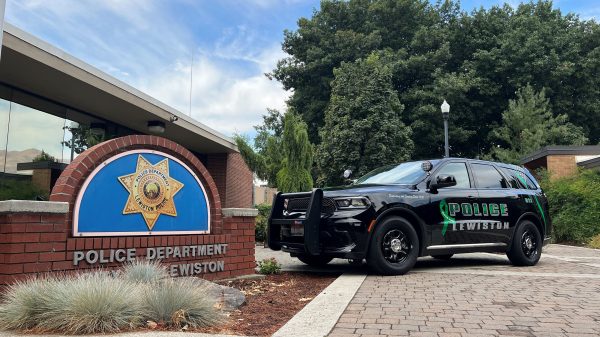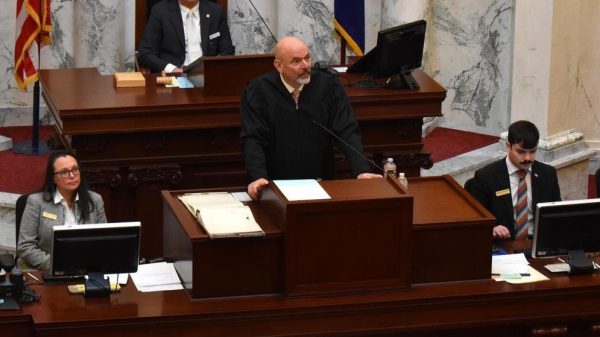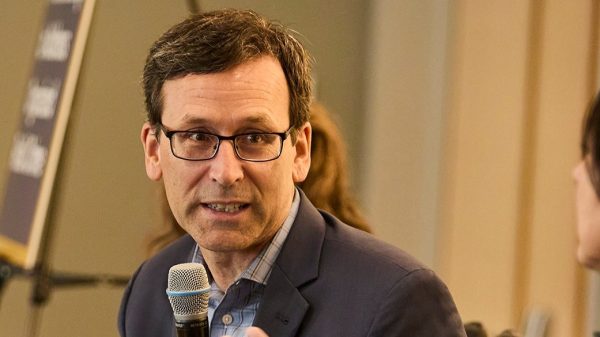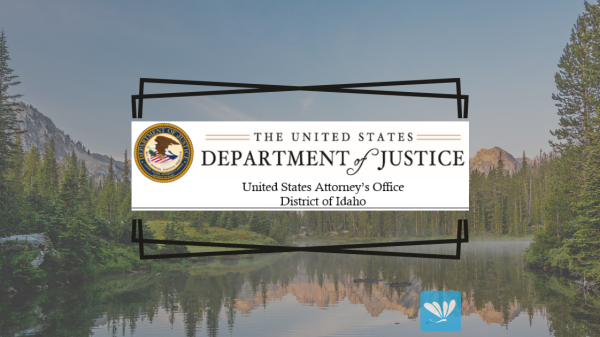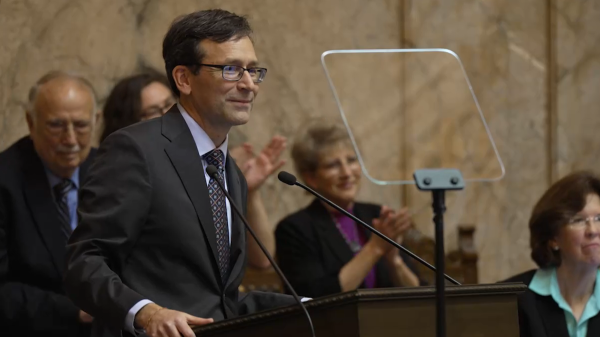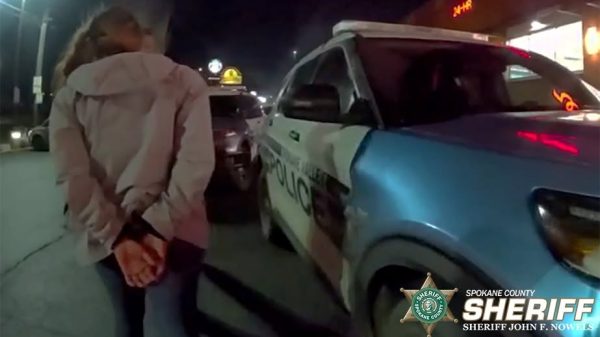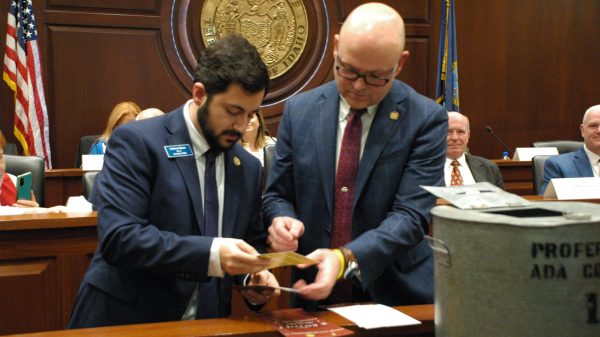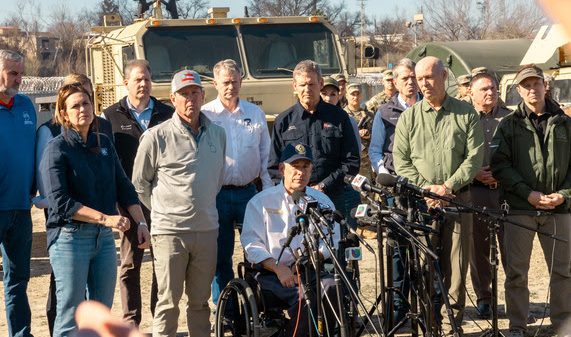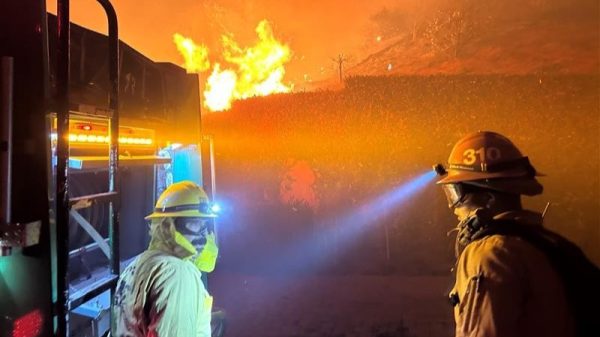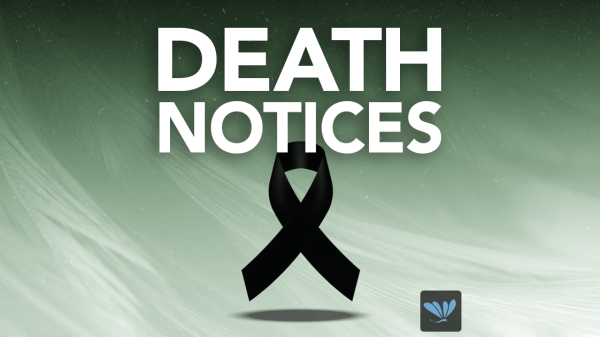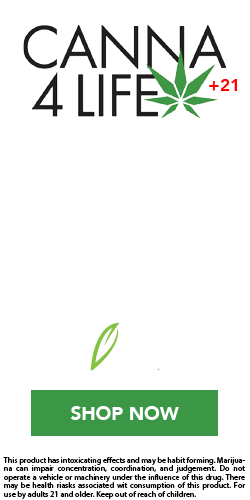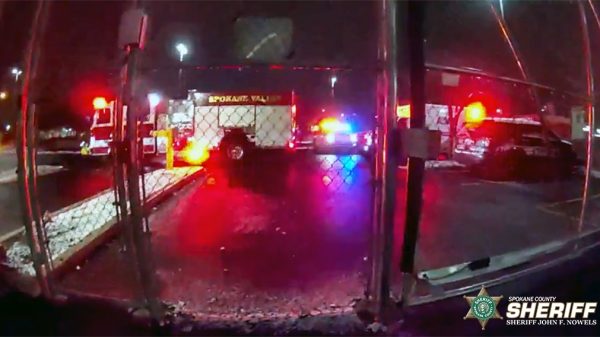Yakima, WA – Dr. Raul Garcia, an emergency physician and medical director at Astria Toppenish Hospital, issued a powerful letter calling for unity and action in the face of the ongoing Fentanyl crisis in the Pacific Northwest. This comes just days after the state of Oregon declared a state of emergency regarding the drug crisis.
Dr. Garcia, who sees the tragic consequences of fentanyl addiction firsthand, writes with the combined voice of a concerned citizen and a seasoned medical professional. He warns against dismissing the dangers of “trace amounts” of fentanyl on public transportation, emphasizing its potency compared to other opioids and its rapid emergence as a major public health crisis.
“Current statistics say that nearly everyone reading this right now will have had addiction affect them in some way,” Dr. Garcia writes. “The time for hiding the effects of addiction and leaving this disease unaddressed in the public square is long past.”
He calls for “sweeping and bold change” to tackle it and expresses particular concern about the potential health risks of secondhand fentanyl exposure for transit workers and emergency department staff.
“Our hospital has a special ‘Code Orange Odor’ to warn staff of a hazardous situation involving fentanyl,” Dr. Garcia reveals, highlighting the pervasiveness of the drug and its potential to harm even those seeking help.
The letter underscores the need for decisive action to address the crisis.
“Addressing the disease of addiction and tackling the opioid crisis is bigger than you, me, or any one person,” Dr. Garcia concludes. “It will take a community that decides to lift our neighbors up and address this multifaceted crisis once and for all.”
Full Letter:
A PLEA FOR UNITY IN THE FACE OF FENTANYL
As an Emergency physician, I see too many patients and families destroyed by the fentanyl epidemic. This is a plague that we can only face united.
I speak as a citizen and a doctor. Four decades ago, many dismissed the impact of secondhand cigarette smoke. History shows us they were wrong. Today, “educated experts” dismiss what they call trace amounts of fentanyl on public transportation – buses, light rail, and ferries. The difference? Fentanyl is considerably more toxic. This epidemic has exploded in the last five years. We know that addiction doesn’t discriminate. Current statistics say that nearly everyone reading this right now will have had addiction affect them in some way; whether it’s a friend, sibling, parent, or coworker, addiction and the fentanyl crisis have likely touched us all.
The time for hiding the effects of addiction and leaving this disease unaddressed in the public square is long past. In fact, bringing these problems to light helps expose the truth and inspire action. I appreciate journalists like Seattle Times reporter Sara Jean Green, who artfully described the dangerous and glaring truth with hard numbers.
When driving home from a 12-hour shift in the ER, I often cannot stop thinking of this needless suffering. My training and experience help me save the life in front of me, but it’s not nearly enough. Sweeping and bold change is what it will take to address this crisis.
Fentanyl is a synthetic opioid that is 50 times stronger than heroin. It’s 100 times more potent than morphine; simply speaking, it makes the Oxy crisis look manageable. King County alone surpassed the record of fentanyl deaths in the first eight months of 2023. You don’t need to be a doctor to understand how critically serious this epidemic has become.
In an interview with the Seattle Times, Cory Rigtrup, with Amalgamated Transit Union Local 587, expressed solemn concern about the effect of prolonged exposure to the chemicals that linger in drug vapors on coach operators or bus drivers. He’s spot on. I stand with him to share this concern and offer any support that the Union may need to bring these valid concerns forward.
Our hospital has a special “Code Orange Odor” to warn staff of a hazardous situation that needs immediate attention. This was done after many staff members suffered the effects of secondhand fentanyl smoke, which patients unknowingly bring into the emergency department. This shows how addictive this drug is.
Patients try to use it in the emergency department, even while they are actively seeking addiction assistance. Non-drug users who come in contact with secondhand smoke are at risk of overdosing. We have administered Narcan to several staff members after coming in contact with secondhand or trace amounts of fentanyl. While this is a horrible occurrence, it is not rare. There are numerous documented incidents throughout the hospitals of our state where the same happened.
These conversations must be had in all levels of government, but they also need to happen at the kitchen table. Addressing the disease of addiction and tackling the opioid crisis is bigger than you, me, or any one person. It will take a community that decides to lift our neighbors up and address this multifaceted crisis once and for all.
-Dr. Raul Garcia
Emergency Department Physician and Medical Director
Astria Toppenish Hospital











